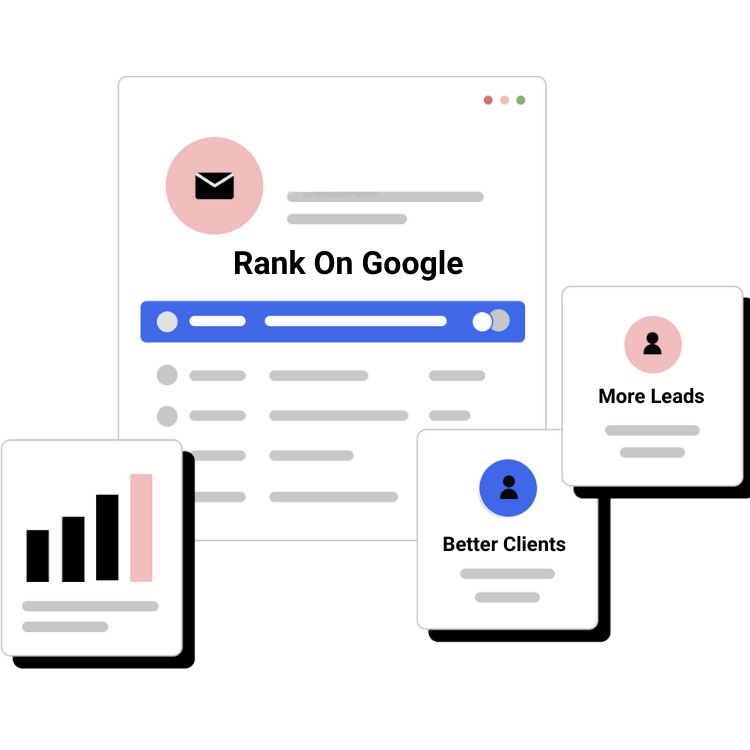Boosting Your Local Search Rankings
Local SEO has emerged as a critical strategy for businesses aiming to enhance their visibility in local search results. It’s not just about being found; it’s about being found by the right people — potential customers in your area searching for the products or services you offer. This guide will walk you through the key steps to optimize your local SEO, ensuring your business not only competes but stands out in local searches.
Understanding Local SEO:
Local SEO involves optimizing your online presence to attract more business from relevant local searches. These searches take place on Google and other search engines, often with geo-specific queries like “near me” or city names. Optimizing for local SEO means ensuring that your business appears in front of those who are most likely to visit your physical location or require your local services.

Step 1: Optimize Your Google My Business Account
- Claim and Verify: Start by claiming your Google My Business (GMB) listing and going through the verification process.
- Complete Every Section: Fill out every section of your profile comprehensively, including business hours, contact information, and services.
- Quality Photos: Upload high-quality photos to make your listing more appealing.
- Collect Reviews: Encourage satisfied customers to leave positive reviews and respond promptly to all reviews.
Step 2: Ensure NAP Consistency Across the Web
NAP (Name, Address, Phone Number) consistency across all online platforms is crucial. Ensure your business’s NAP is the same on your website, social media profiles, and directories like Yelp and TripAdvisor.
Step 3: Optimize for Mobile
With the majority of local searches performed on mobile devices, having a mobile-friendly website is non-negotiable. Ensure fast loading times, responsive design, and easy navigation on mobile.
Step 4: Utilize Local Keywords
- Keyword Research: Use tools like Google’s Keyword Planner to find local keywords relevant to your business.
- Content Creation: Incorporate these keywords naturally into your website’s content, blog posts, and meta descriptions.
Step 5: Earn Local Backlinks
Backlinks from reputable local businesses and sites can significantly boost your local SEO. Network with local businesses, participate in community events, and consider local press releases to earn these valuable links.
Step 6: Leverage Social Media and Local Directories
Active engagement on social media and listings in local business directories can improve your local search visibility. Tailor your social media content to engage local customers and ensure your business is listed in relevant online directories.
Conclusion:
Optimizing for local SEO is an ongoing process that requires attention to detail and a strategic approach. By following these steps and consistently monitoring your performance, you can improve your visibility in local search results, attract more local customers, and grow your business.
Remember, the landscape of local SEO is ever-evolving. Keeping abreast of the latest trends and algorithm updates is essential to maintaining a competitive edge in local search rankings.


0 Comments